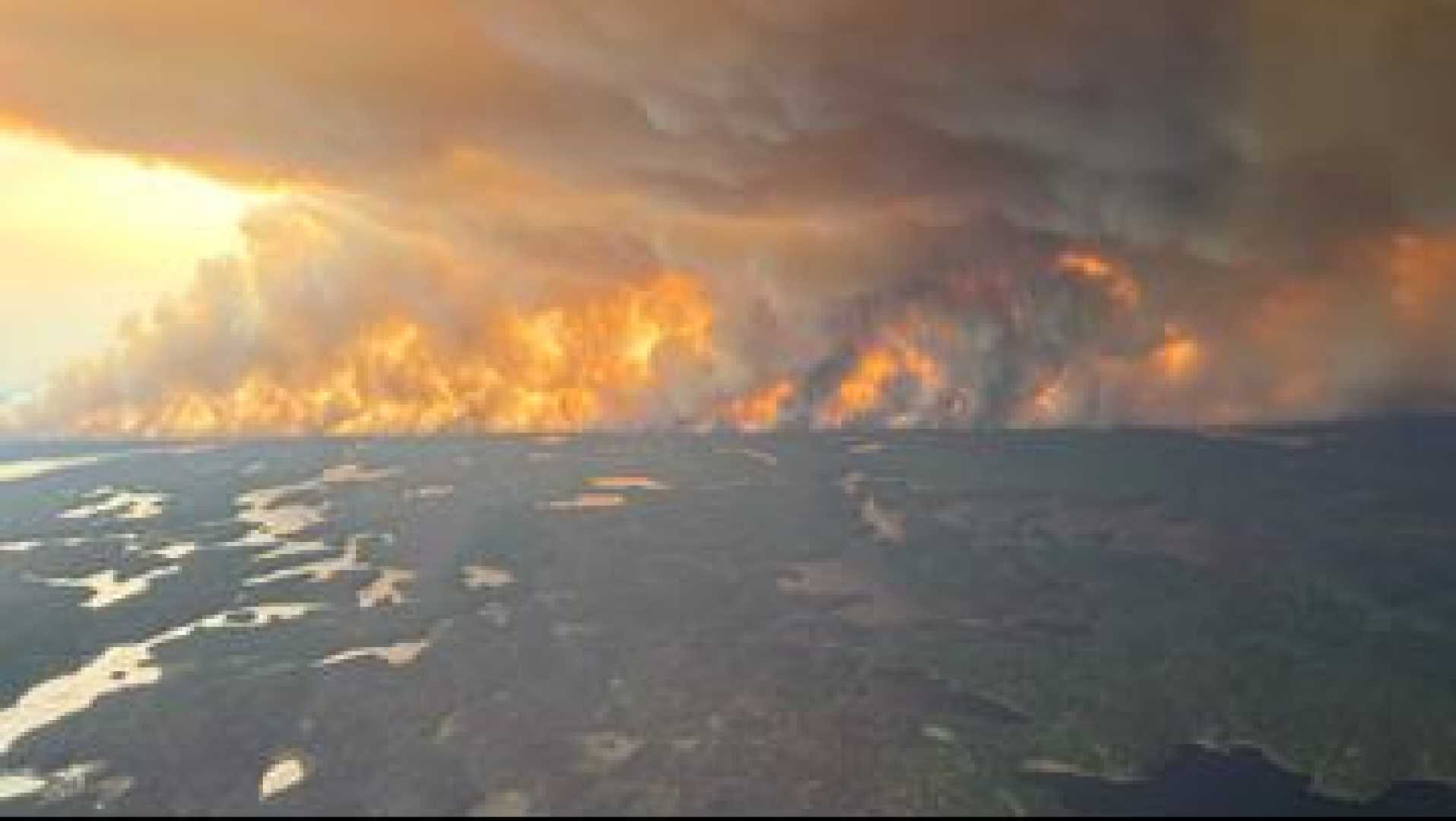News
Wildfires Cause Dire Air Quality Alerts Across the U.S.

DETROIT, Michigan — Air quality in the United States has deteriorated significantly due to a double impact of wildfires in Canada and the western states, with smoke spreading across large portions of the country. This hazardous situation is expected to last for several days.
On Wednesday, air quality alerts are in effect for millions in 11 states across the Midwest and Northeast due to smoke from Canadian wildfires. While smoke levels have decreased somewhat since Monday, health officials warn that the air quality remains a concern, particularly for those with respiratory issues, children, and the elderly.
Intense wildfires raging in the western U.S. are further limiting air quality. Southern California is experiencing particularly poor conditions as crews fight the state’s largest fire this year. The combination of dry air and strong winds continues to promote wildfire growth in Canada, leaving many communities vulnerable to smoke inhalation.
Currently, there are over 500 uncontrolled wildfires in Canada, according to the Canadian Interagency Forest Fire Centre. Manitoba reports more than 160 active blazes, while British Columbia struggles with nearly 130 fires.
As wildfire smoke moved south over the weekend, it contributed to unhealthy air quality levels throughout the eastern U.S. On Monday, Detroit ranked as the third-worst major city worldwide for air quality, with readings classified as unhealthy. Similarly, Chicago reported the fourth-worst levels on Wednesday morning.
The small particles in wildfire smoke, known as PM2.5, can penetrate deep into the lungs and the bloodstream. They pose serious health risks, aggravating conditions like bronchitis, diabetes, and heart disease.
While surface smoke is expected to clear by Wednesday, higher-level smoke may persist for much of the week. A forecasted cold front might provide relief over the weekend, but immediate conditions remain hazardous.
In California, the Gifford Fire has grown to the largest wildfire of the season, burning through nearly 84,000 acres with a containment level of only 9% as of Tuesday evening. Evacuations have been issued for areas in Santa Barbara and San Luis Obispo counties due to extreme fire behavior.
Wildfires have impacted air quality in Nevada, leading to the worst pollution levels in Las Vegas since February 2023.
The National Interagency Fire Center indicates that the wildfire season is far from over, predicting that the western U.S. will continue to be a hot spot for fires through at least September.












